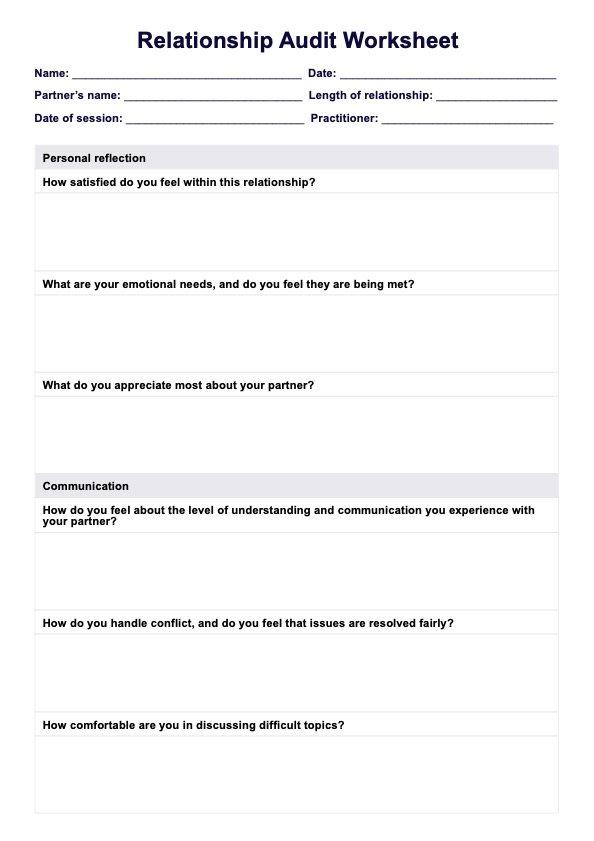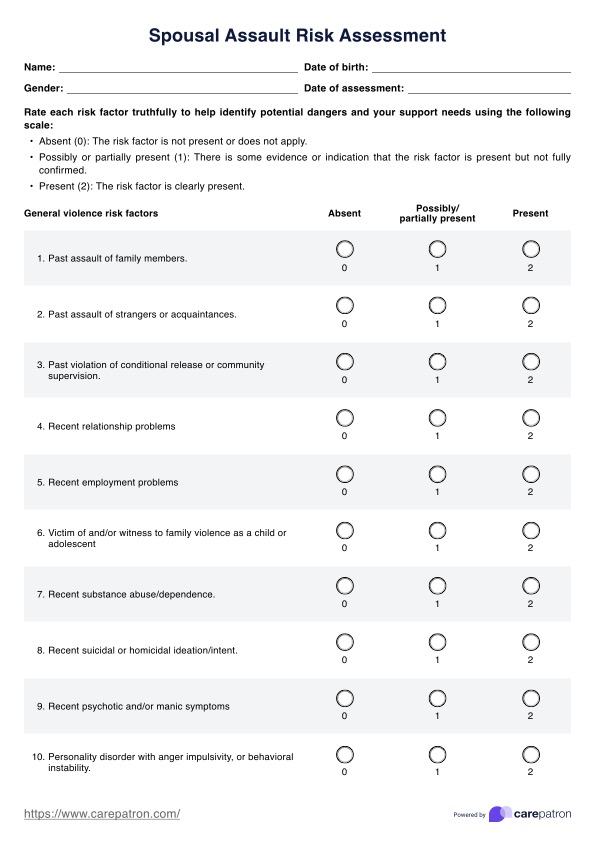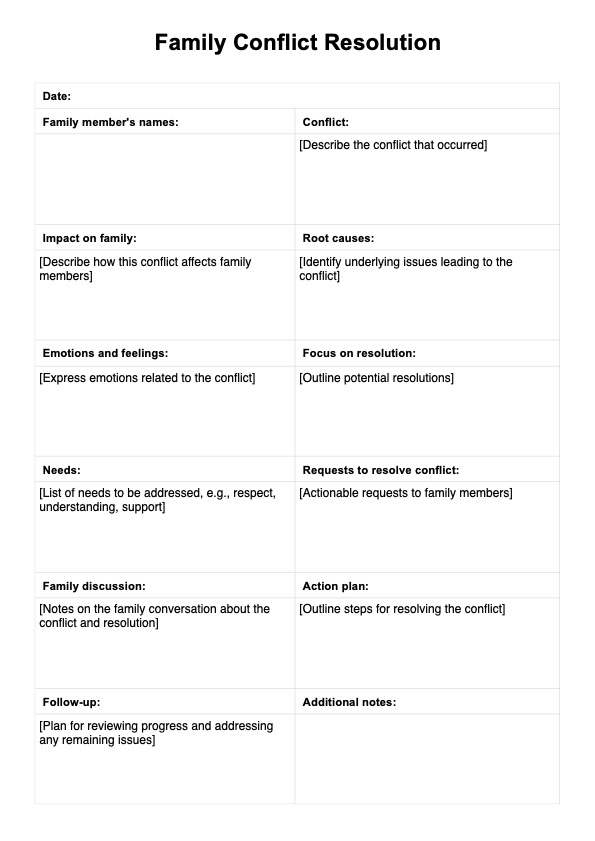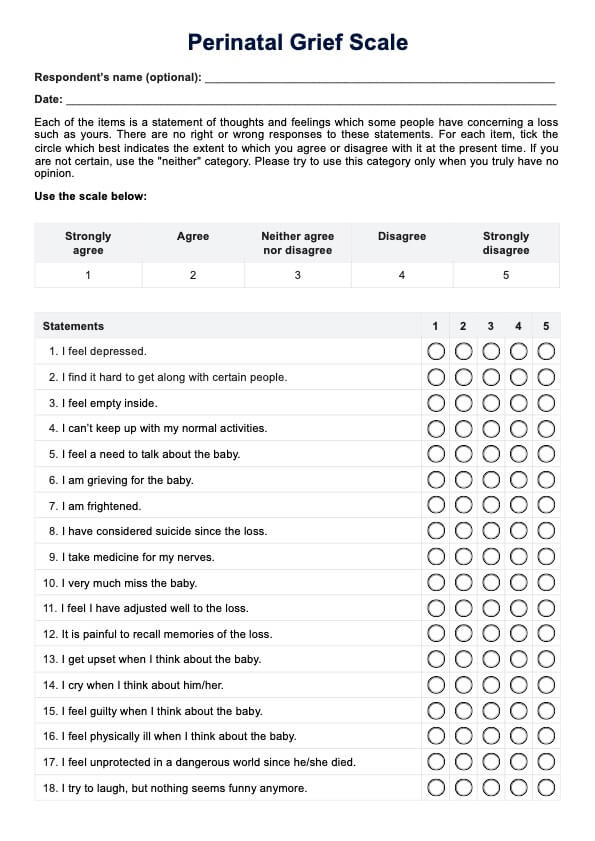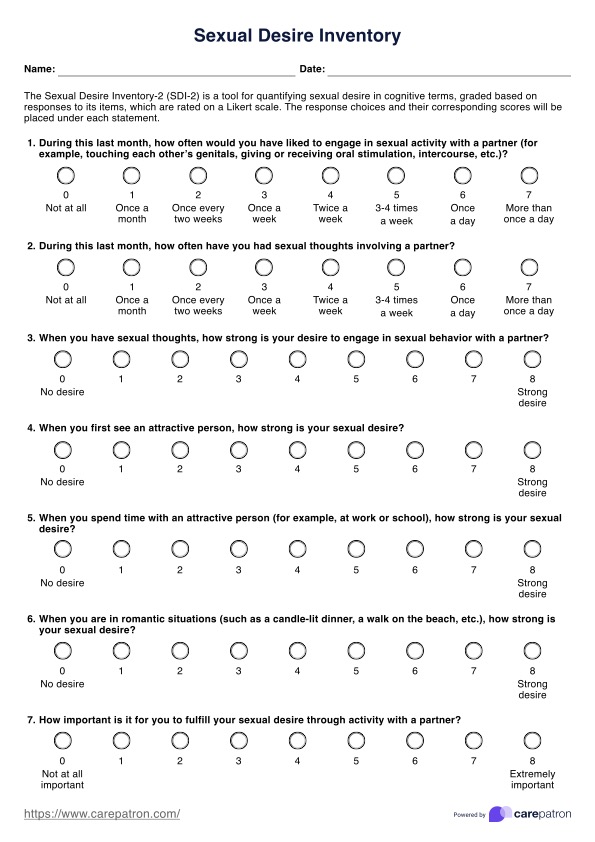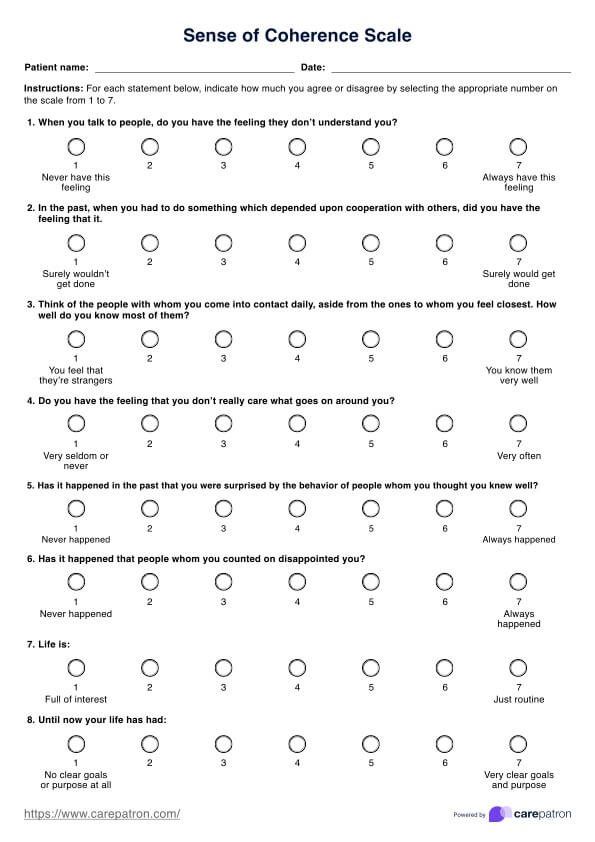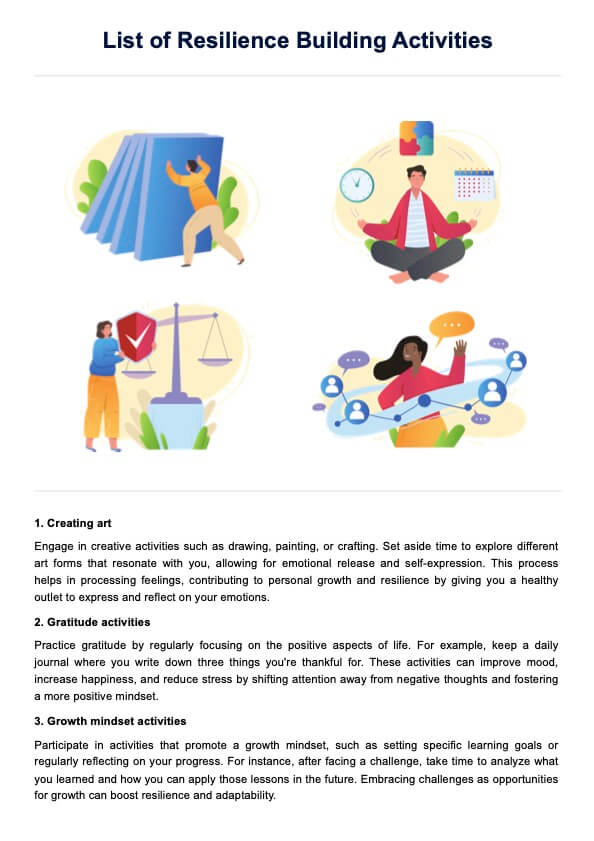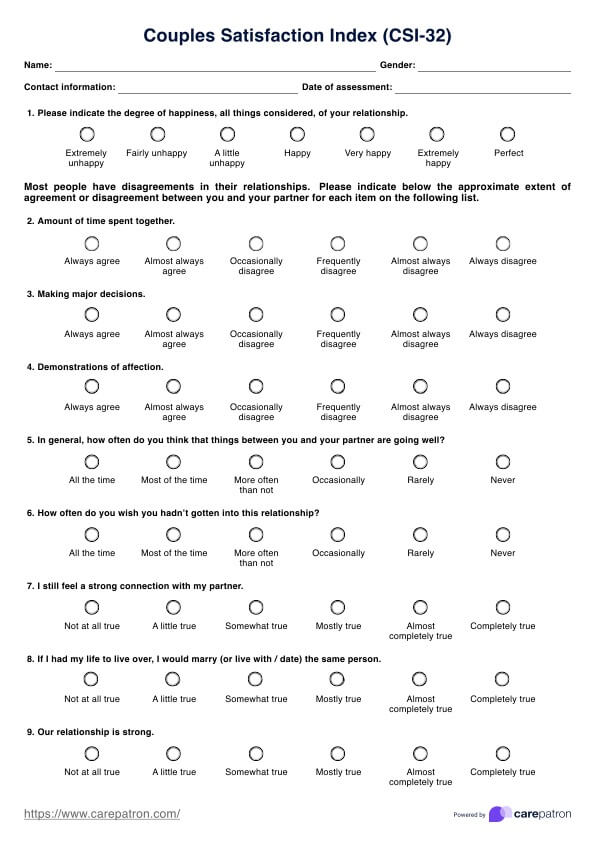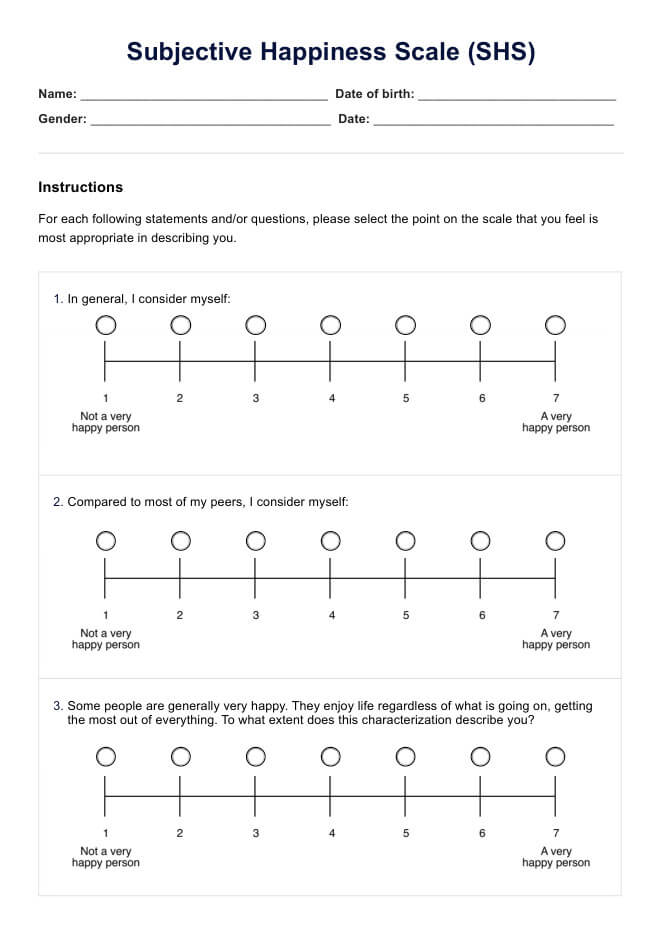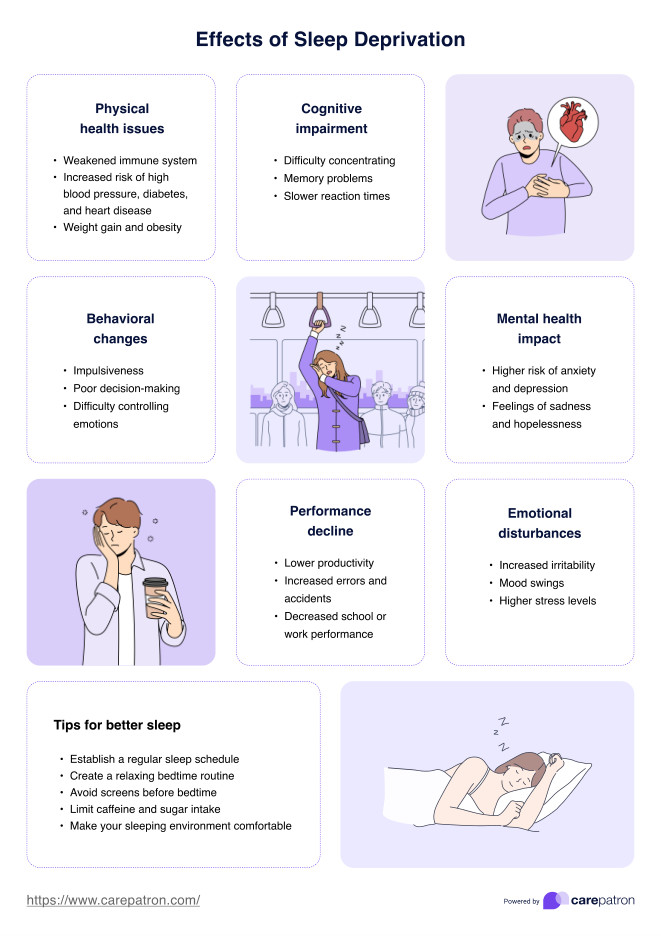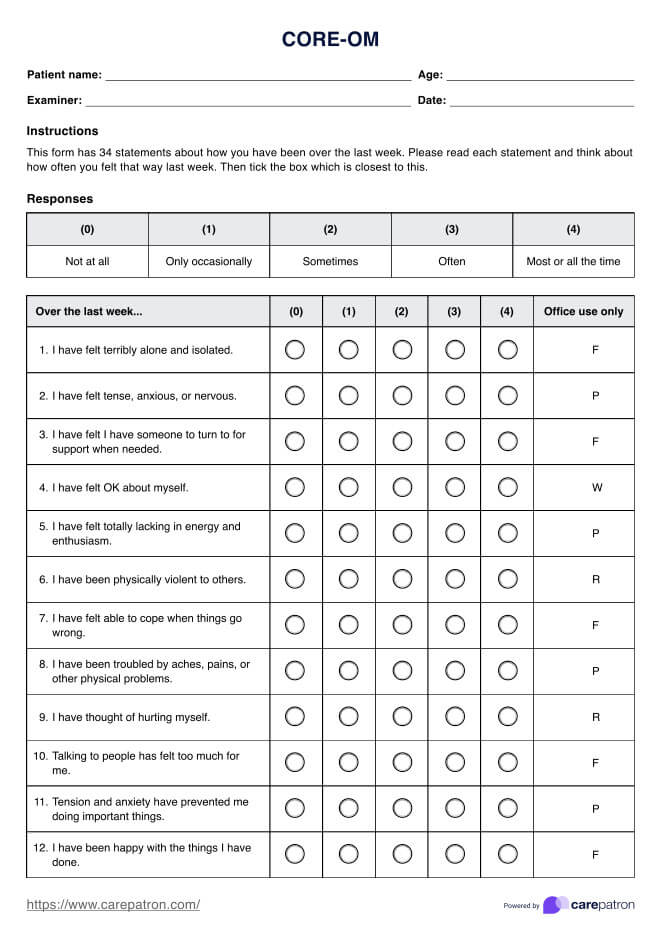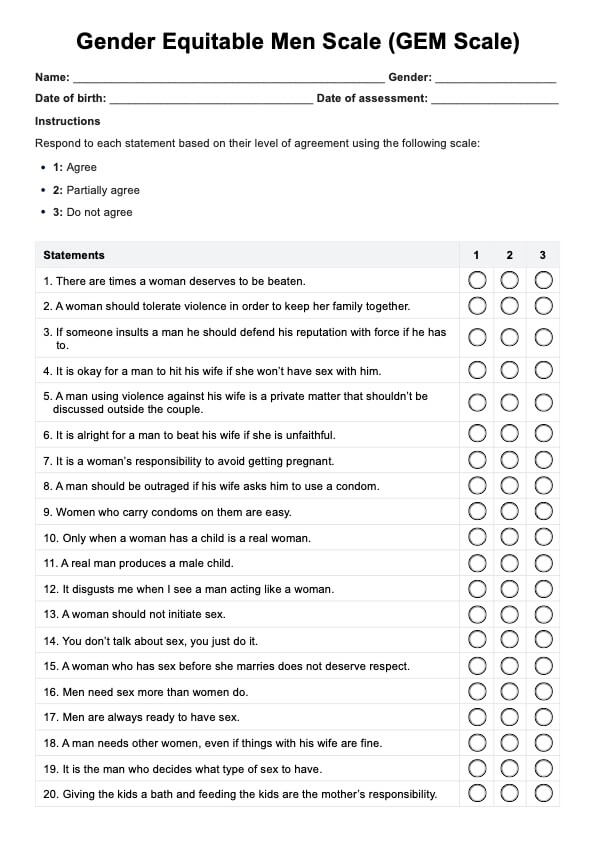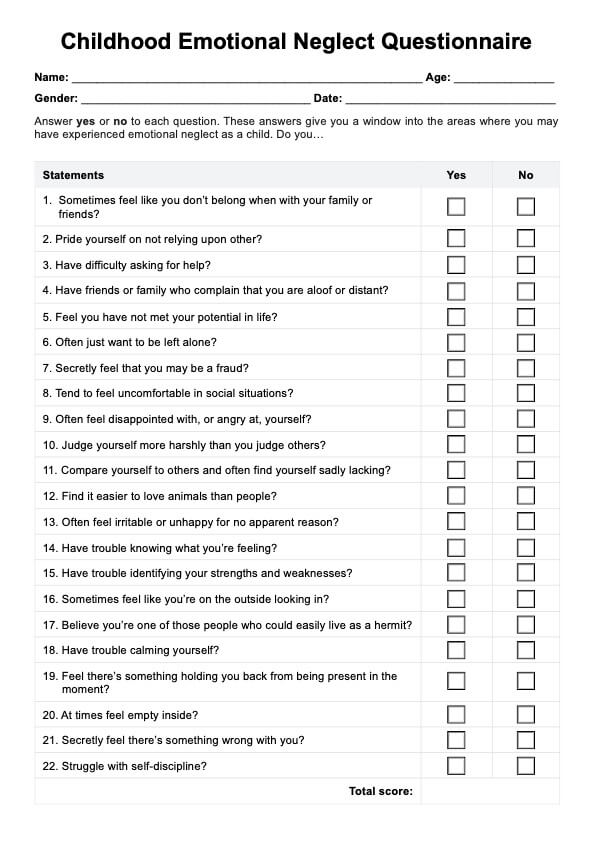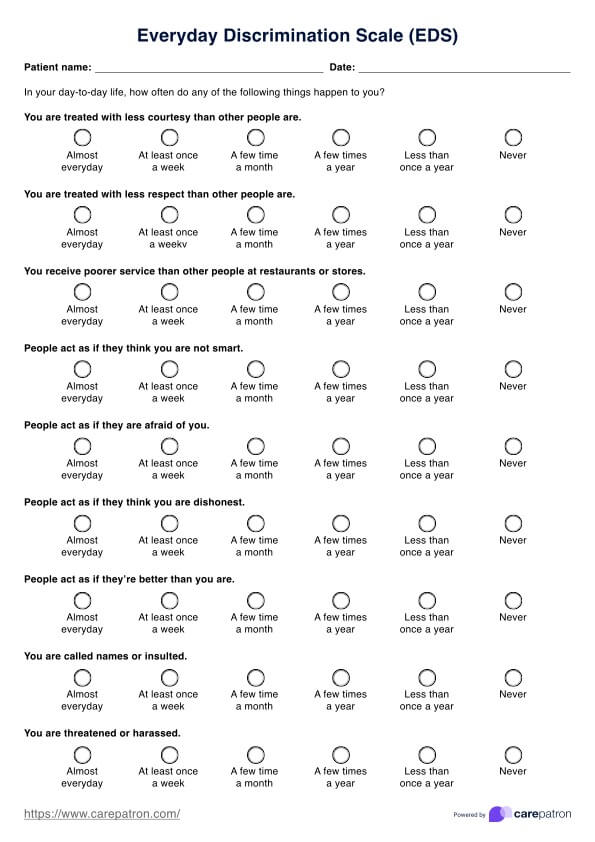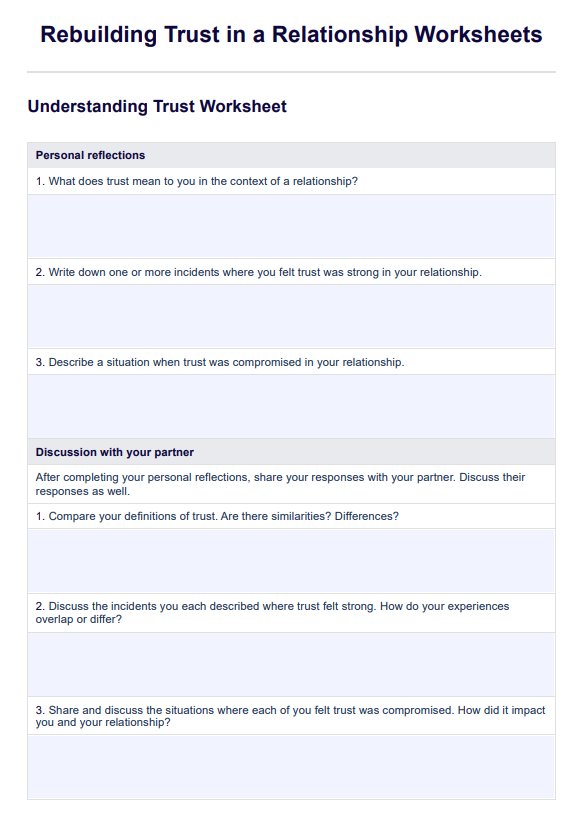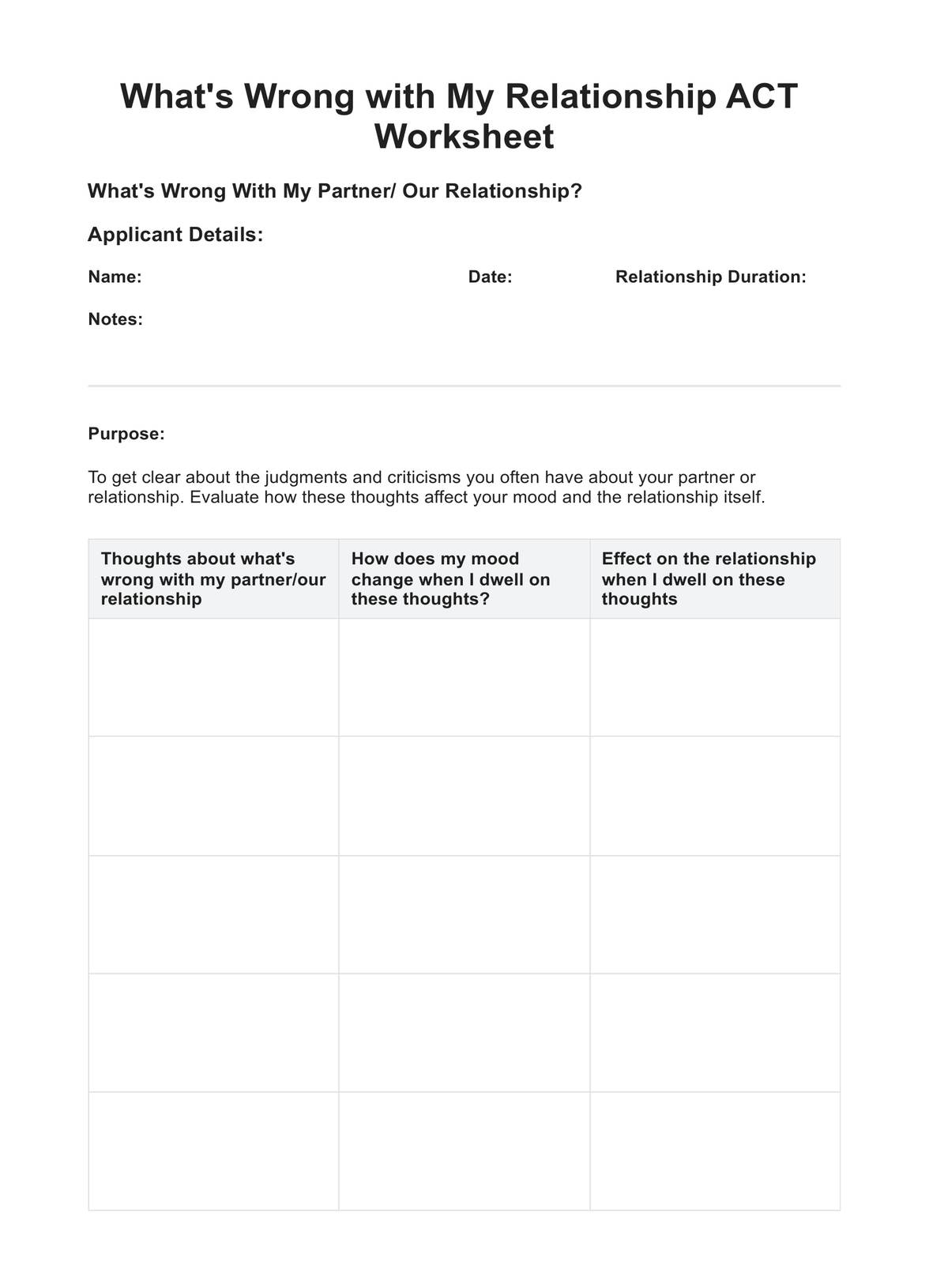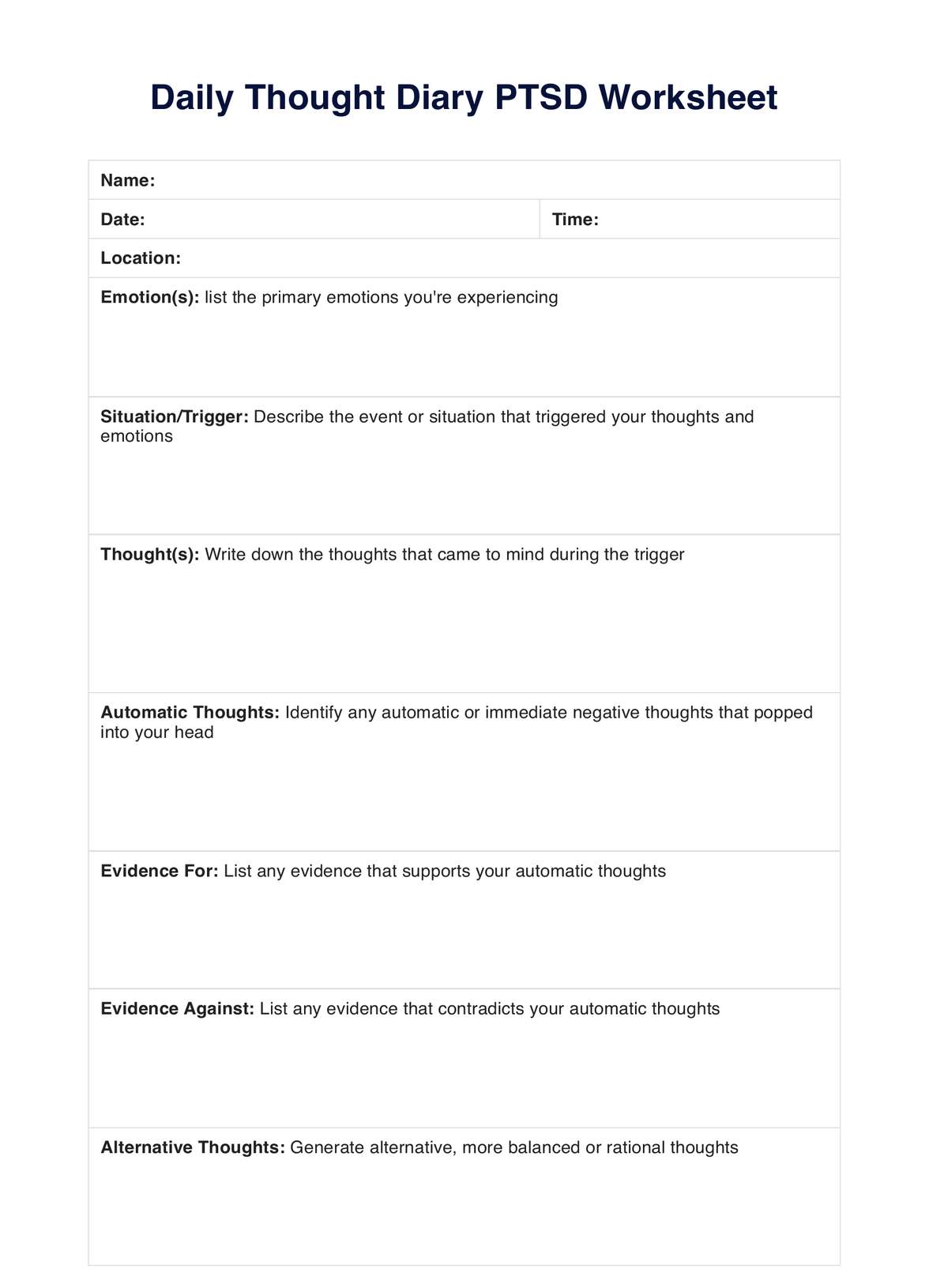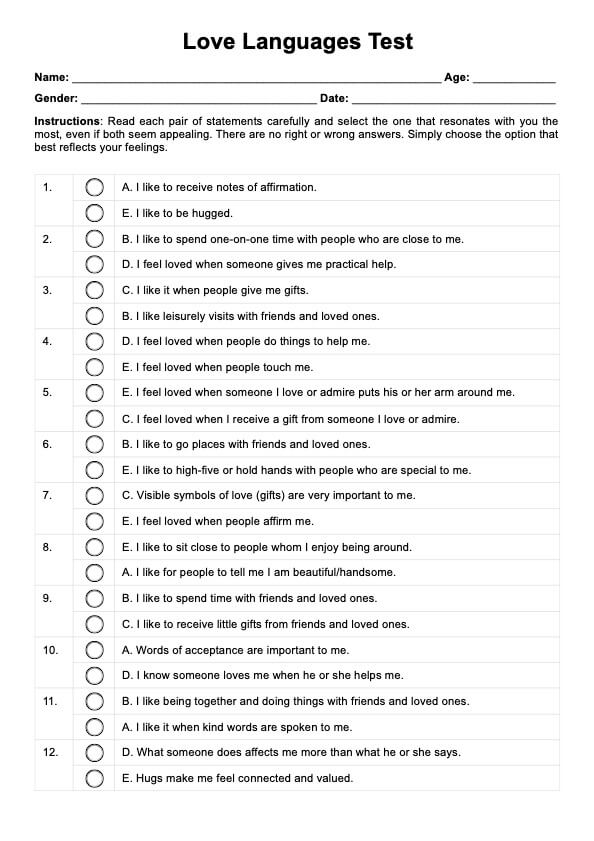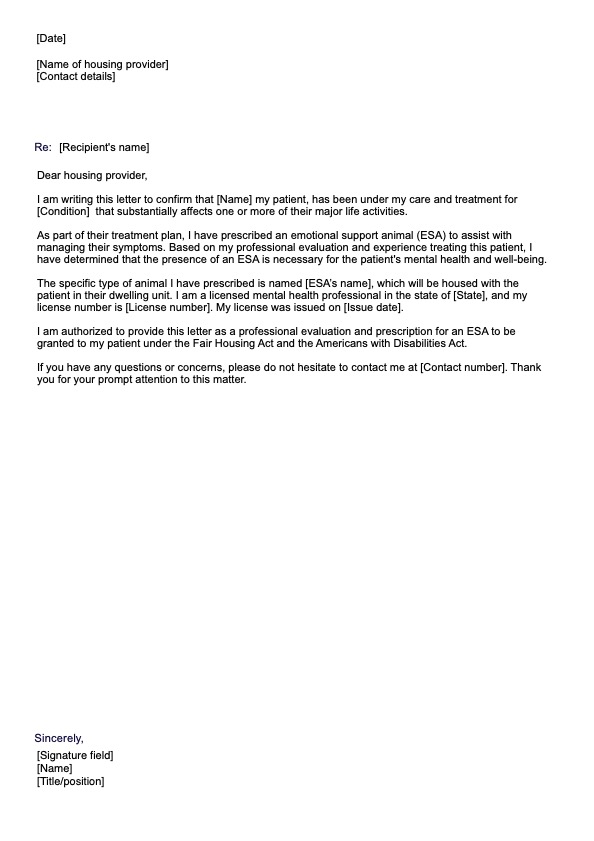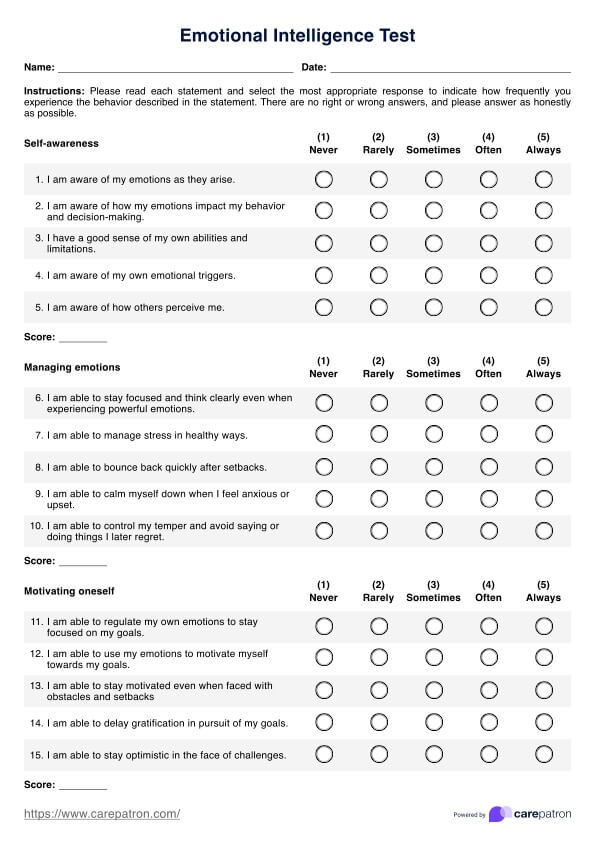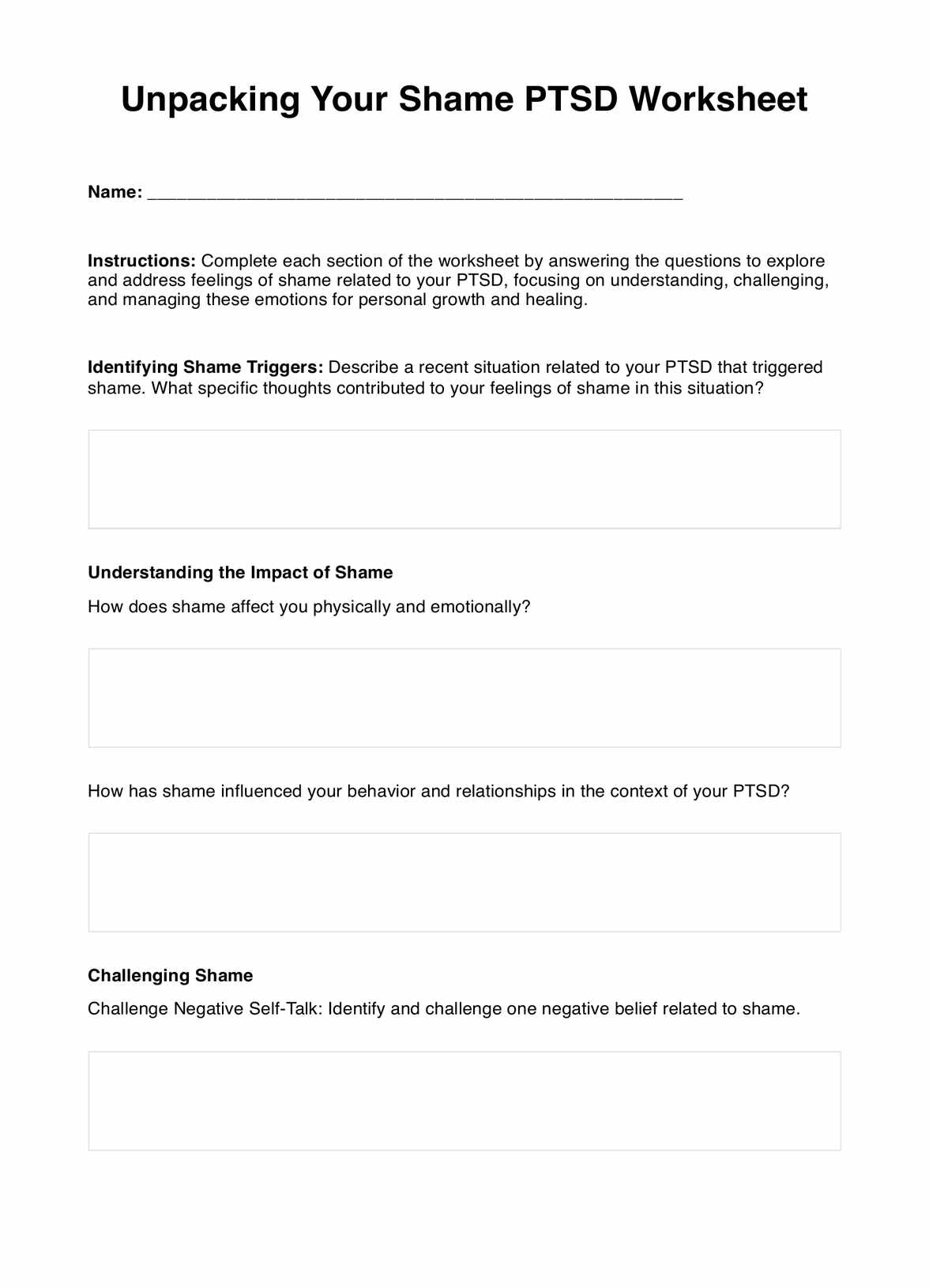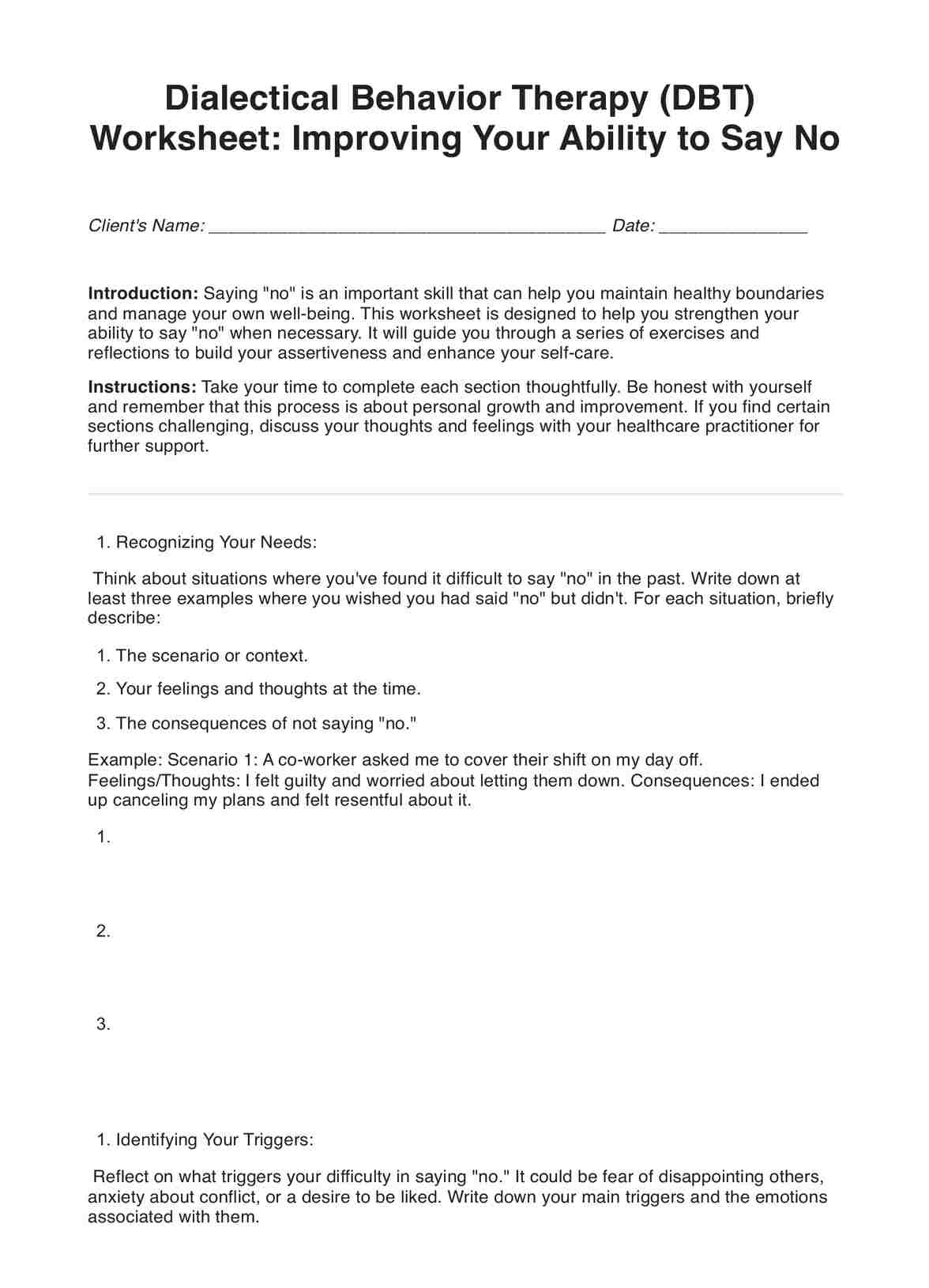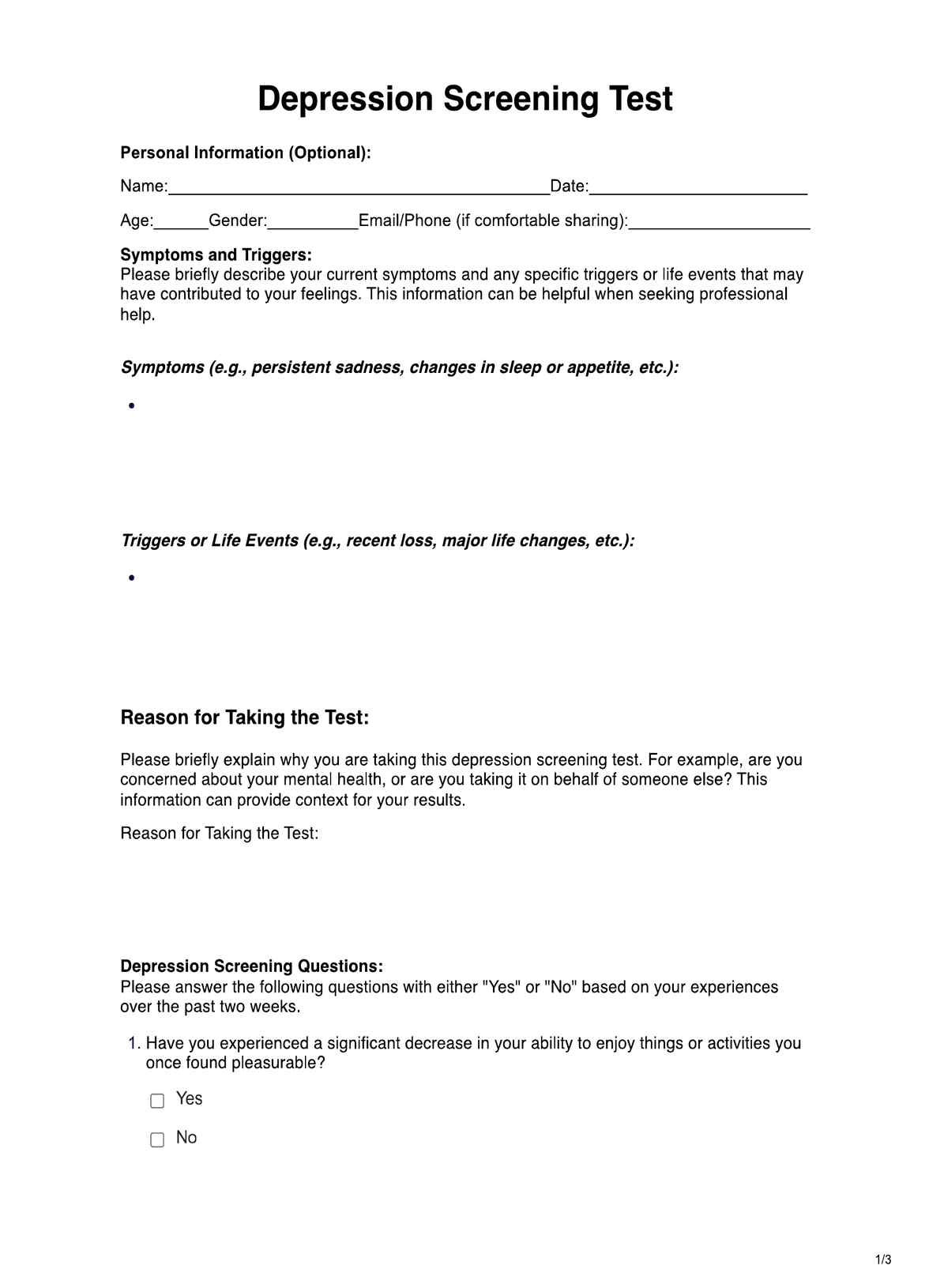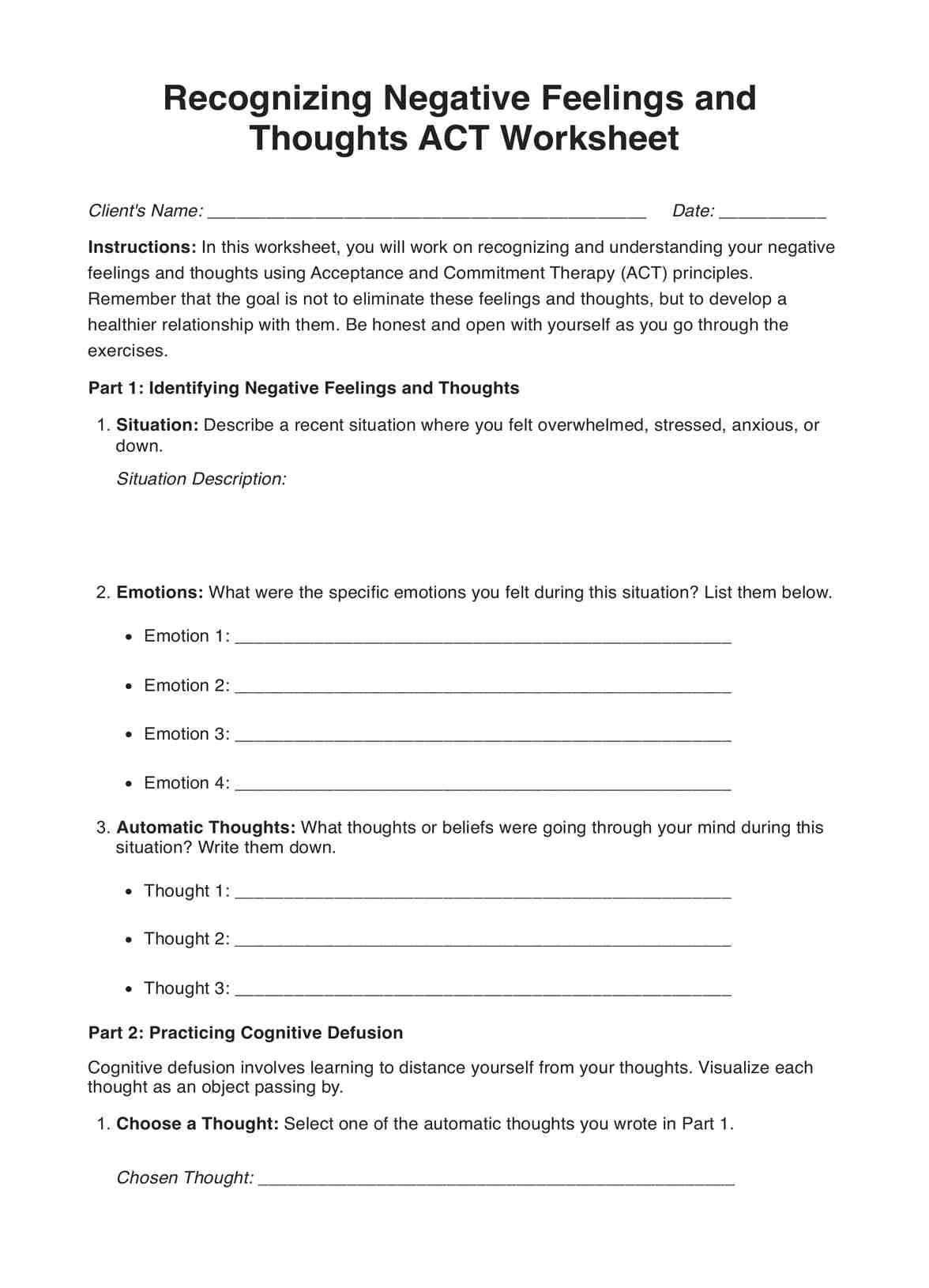Communication Worksheets
Download our free communcation worksheet to improve your communication style, whether that is verbal, non-verbal, or interpersonal. Facilitate more meaningful interactions with others, and convey the thoughts that matter.


Effective communication is a crucial skill in personal and professional settings. It fosters understanding, builds trust, and strengthens relationships. Whether you're a healthcare practitioner, counselor, or any professional interacting with clients, your communication skills can make a difference when providing care (Skarbalienė et al., 2019).
Communication Worksheets Template
Communication Worksheets Example
What communication skills should individuals develop?
When it comes to effective communication, there are several key skills that are essential to develop. Here are some of the most important communication strategies and skills to hone (Hargie, 2021):
Active listening
This involves giving your full attention to the speaker, making eye contact, and avoiding distractions or interruptions. Active listening also means showing that you understand by nodding, paraphrasing, or asking clarifying questions.
Specific communication techniques that enhance active listening include maintaining open body language, summarizing key points, and providing feedback.
Nonverbal communication
A significant portion of nonverbal communication includes body language, facial expressions, and tone of voice. Developing awareness and control over verbal and nonverbal cues can greatly improve one's ability to convey messages effectively and interpret others' nonverbal signals accurately.
Empathy and emotional intelligence
Understanding and sharing others' feelings is crucial for building trust and rapport. Empathy and perspective-taking help you recognize and manage emotions, both your own and those of others, which can facilitate more meaningful connections.
Clarity and conciseness
A strategic and effective communicator can convey their messages clearly and concisely, without unnecessary jargon or rambling. This skill involves organizing your thoughts, using simple language, and providing relevant details or examples when needed.
Adaptability and self-awareness
Good communicators can adjust their communication style to suit different situations, audiences, and cultural contexts. This means being aware of potential communication barriers and having background knowledge of them, then adapting their approach accordingly.
Conflict resolution
Disagreements and misunderstandings are inevitable in any relationship or professional setting. Developing conflict resolution skills, such as active listening, emotional control, and compromise, can help you navigate these situations and communicate effectively.
Continuously working on good communication skills and learning communication techniques can help you become a more effective communicator. This can, in turn, help you build stronger personal relationships, provide high-quality care, and achieve successful outcomes in your professional and personal interactions.
How to complete our Communication Worksheets
Better communication plays a crucial role in personal and professional relationships, and our communication skills worksheets for adults PDF will help in the process. Here are some steps on how this can help clients improve their communication skills.
Step 1: Understanding communication dynamics
Highlight the significance of communicating effectively in building relationships and professional growth. To enhance communication skills, provide an overview of key elements such as self-assessment, active listening, nonverbal cues, and assertive expression.
Step 2: Identifying communication challenges
Prompt individuals to reflect on their personal communication challenges and areas for improvement. Encourage self-awareness by recognizing individuals' difficulties, such as expressing emotions or active listening skills.
Step 3: Reflecting on past interactions
Guide individuals to reflect on previous communication interactions that were challenging or unsuccessful. Help them identify factors contributing to communication breakdowns and explore alternative approaches that could lead to better outcomes.
Step 4: Practicing active listening
This section focuses on the crucial skill of active listening. The worksheet provides practical exercises for individuals to practice active listening, such as summarizing the speaker's main points or asking clarifying questions. It encourages individuals to be fully present and engaged in conversations, fostering deeper understanding and connection.
Step 5: Goal setting and practice
Conclude by encouraging individuals to set communication goals based on reflections and newly acquired skills. Emphasize the importance of practicing these skills in real-life situations to foster growth and improvement.
Utilizing specific communication tools, such as project management software and collaboration platforms, can help set and achieve these communication goals.
Ways to improve your communication skills
Improving communication skills is an ongoing process, and there are various ways to enhance your abilities. The following are some effective methods:
- Attend training workshops and seminars: Training workshops provide structured learning opportunities to improve specific communication skills. They often involve interactive activities, role-playing exercises, and professional feedback.
- Engage in digital activities and online resources: There are numerous online courses, tutorials, and interactive platforms that offer communication skill-building activities. These digital resources can be conveniently accessed and allow for self-paced learning.
- Practice active listening: Active listening is a crucial aspect of effective communication. Practicing active listening techniques, such as paraphrasing, asking questions, and providing nonverbal cues, can significantly improve your ability to understand and respond to others.
- Observe and learn from skilled communicators: Identify individuals who excel in communication skills and observe their techniques. Analyze how they structure their messages, use nonverbal cues, and adapt to different contexts.
- Engage in video conferencing and virtual communication: With the increasing prevalence of remote work and virtual interactions, practicing communication skills in video conferencing settings is equally important. In virtual environments, pay attention to aspects such as eye contact, body language, and speech clarity.
- Use communication resources and tools: Explore books, articles, podcasts, and other resources that provide insights, tips, and exercises for improving communication abilities. Additionally, consider using communication tools or apps to help you practice specific skills.
Common communication barriers, such as language differences, cultural misunderstandings, and emotional biases, can hinder effective interaction. Overcoming these barriers involves being aware of them, seeking to understand different perspectives, and developing strategies to address them.
References
Hargie, O. (2021). Skilled interpersonal communication: Research, theory, and practice (7th ed.). Routledge. https://doi.org/10.4324/9781003182269
Skarbalienė, A., Skarbalius, E., & Gedrime, L. (2019). Effective communication in the healthcare settings. Management, 24, 137–147. https://doi.org/10.30924/mjcmi.24.si.9
Commonly asked questions
Effective communication involves several key elements, including active listening, clear and concise language, empathy and understanding, a non-judgmental approach, and effective feedback. Specific communication strategies, such as using open-ended questions and reflective listening, are also key to effective communication. It requires the communicator to engage with the speaker, avoiding ambiguity and jargon fully, and show compassion and understanding, considering the other person’s perspective.
The 5 C’s of communication are a framework for effective communication, consisting of clarity, conciseness, completeness, consideration, and correctness. Clarity involves communicating clearly and concisely, avoiding ambiguity and jargon, while conciseness keeps messages brief and to the point. Completeness ensures that all necessary information is provided and consideration shows empathy and understanding, considering the recipient’s perspective. Finally, correctness ensures accuracy and precision in all communication, avoiding errors and misunderstandings.
Good communication skills include active listening, clear and concise language, empathy and understanding, a non-judgmental approach, effective feedback, adaptability, and confidence.


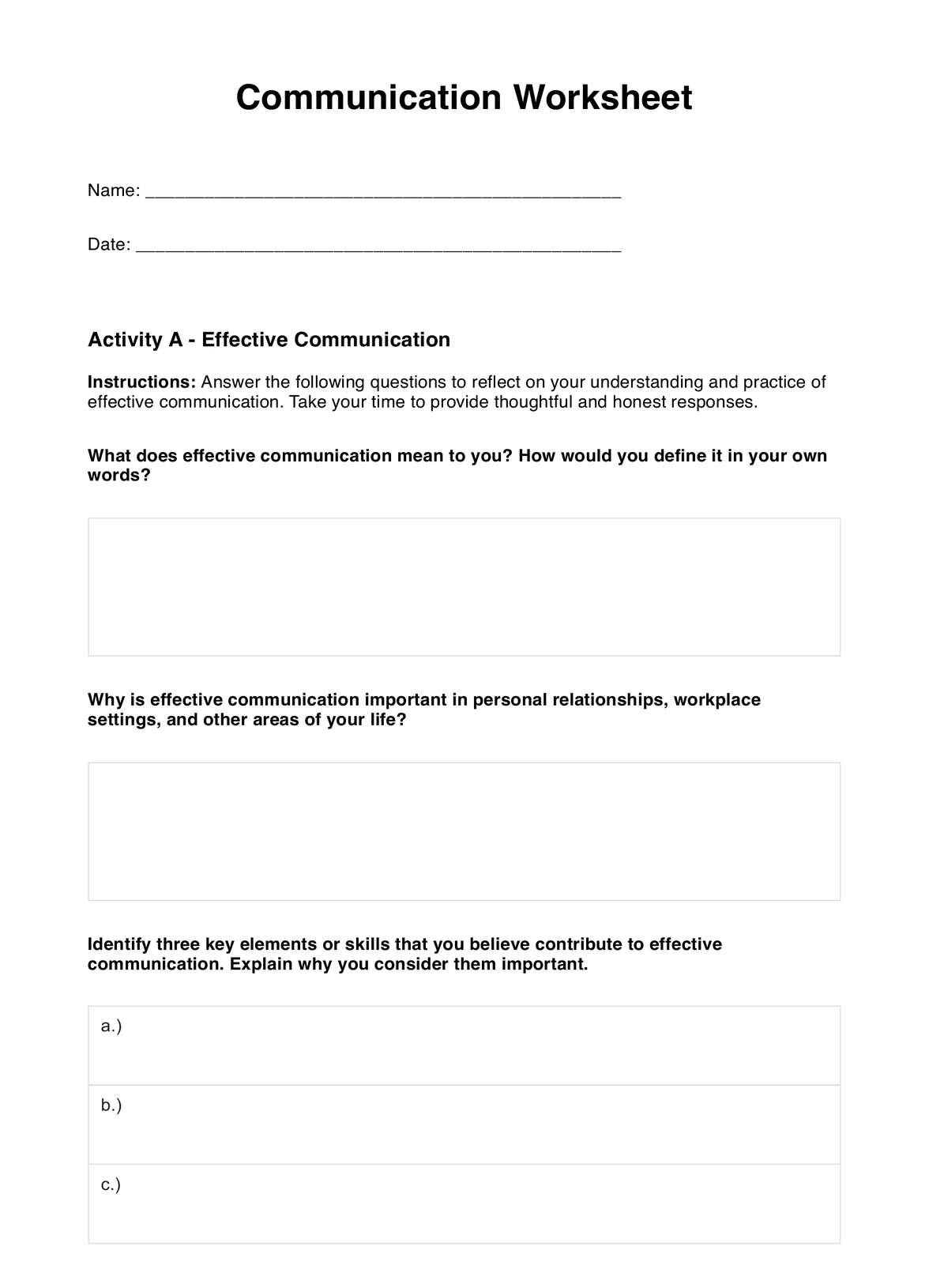
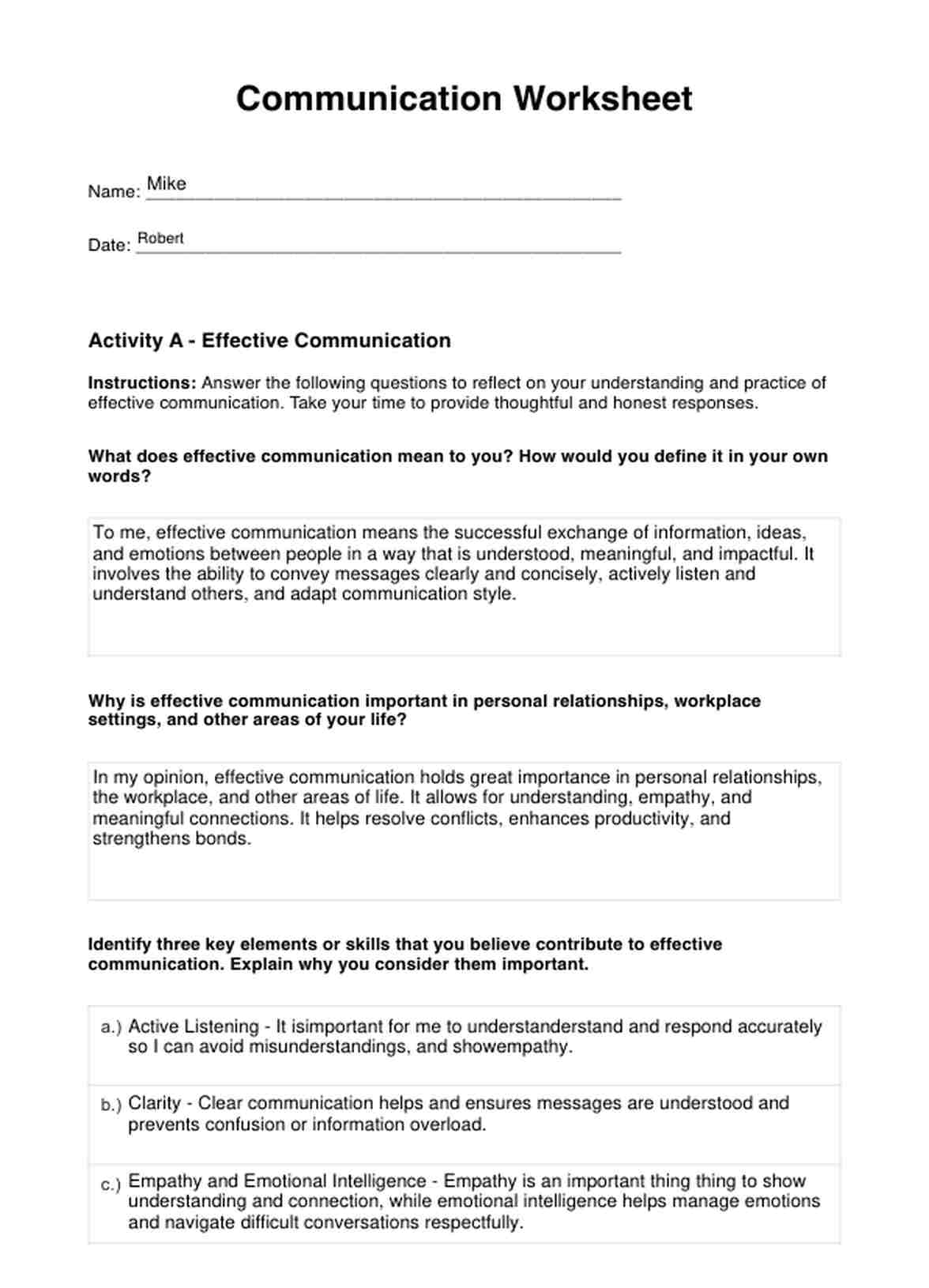

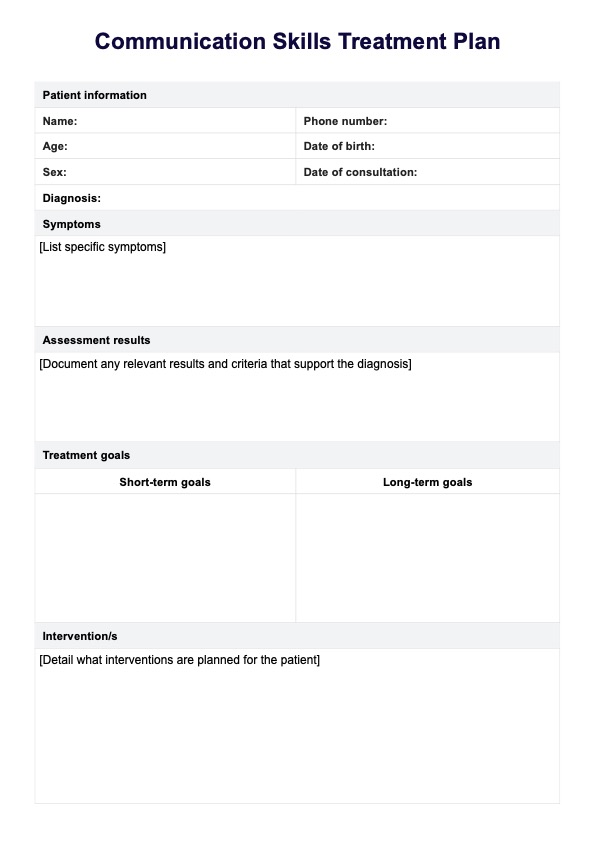
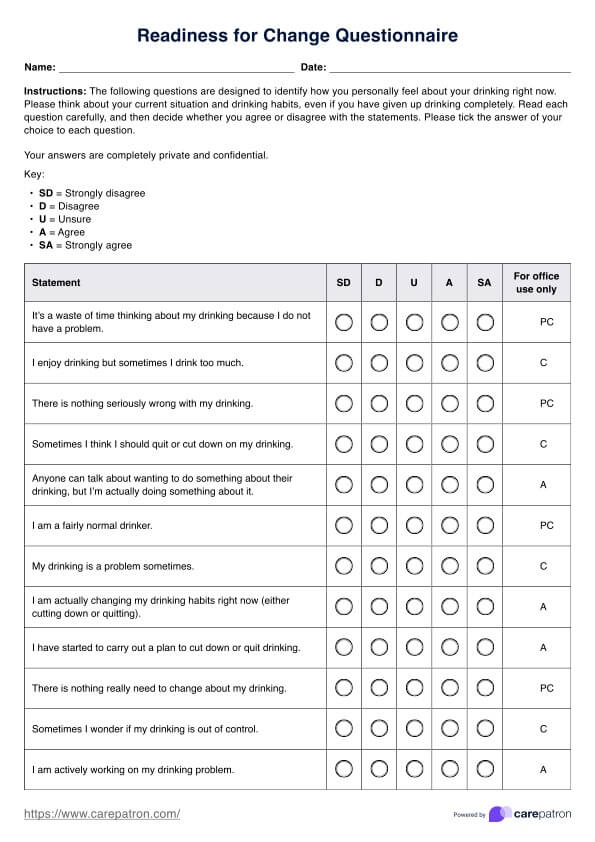
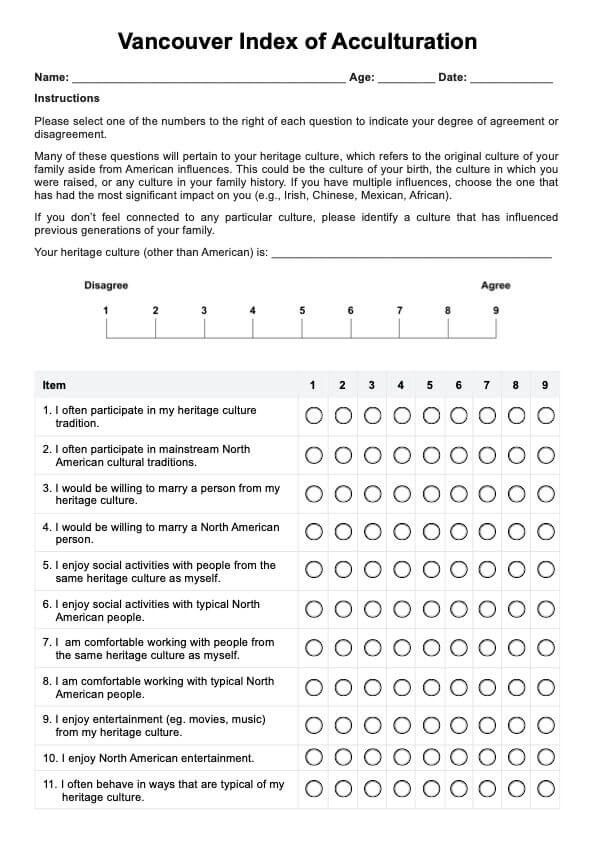
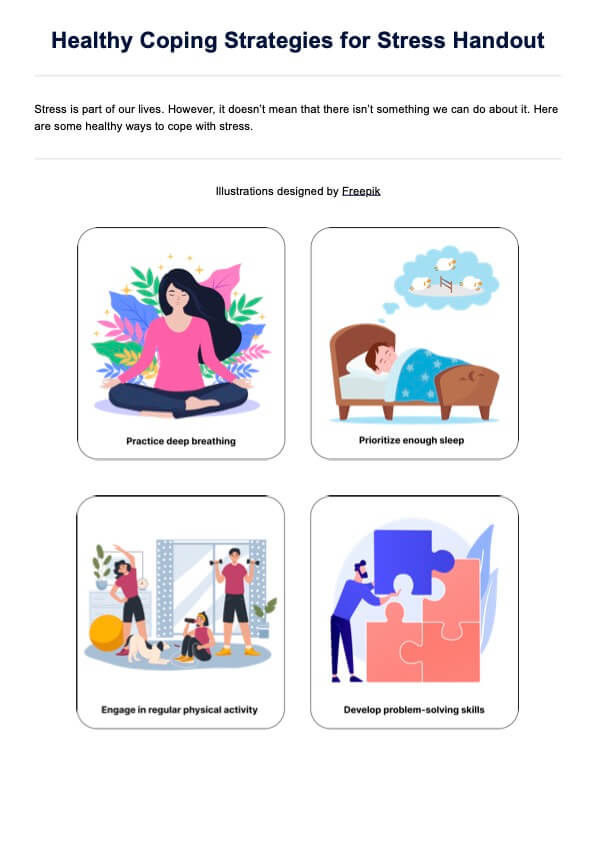









-template.jpg)


